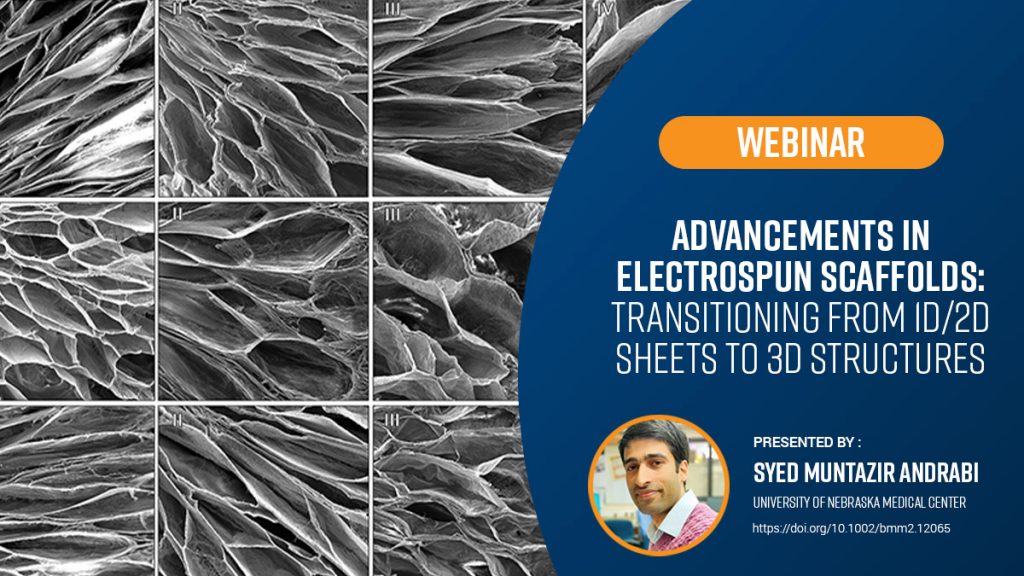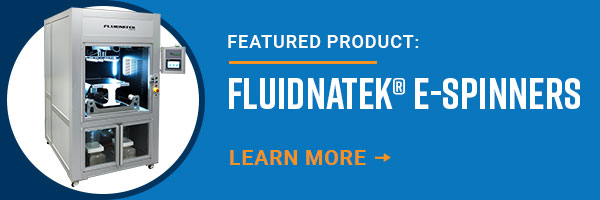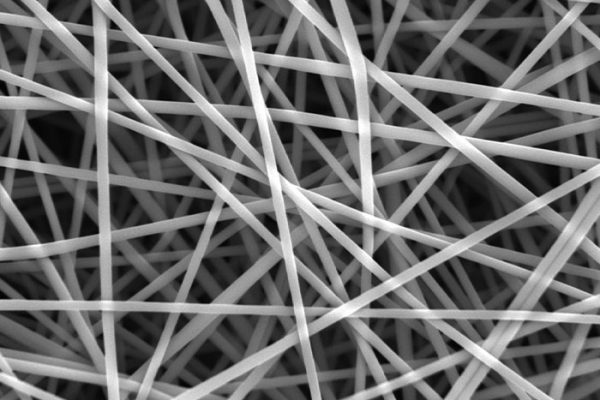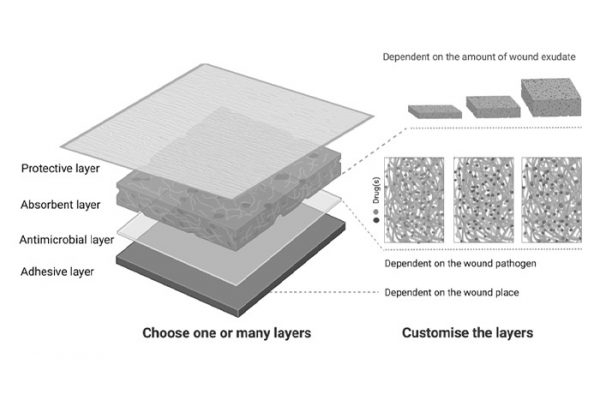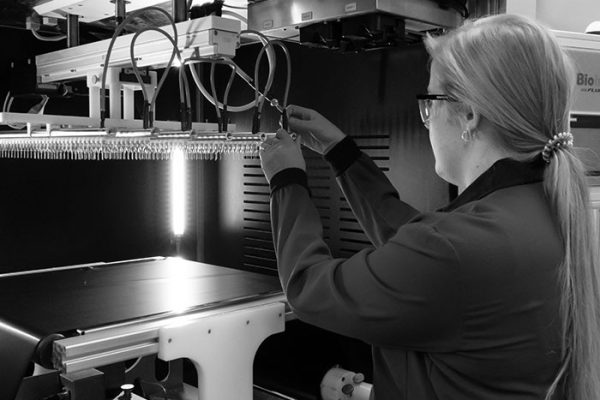Electrospinning has emerged as a leading platform for generating nanofibrous materials whose fiber dimensions and organizational motifs closely recapitulate the architecture of native extracellular matrices. Conventional electrospun mats, whether highly aligned or randomly oriented, offer excellent surface mimicry but remain limited by their two-dimensional, densely packed geometry, which impedes cellular infiltration and integration in three-dimensional tissue constructs. We explored innovative strategies to transform 1D/2D electrospun sheets into fully three-dimensional scaffolds, leveraging gas-foaming, molding, freeze-drying, and targeted postprocessing techniques. We investigated how these approaches modulate scaffold porosity, mechanical compliance, and microarchitecture, and we correlated these structural features with biological performance in both in vitro and in vivo models.
Finally, we further detailed the integration of emerging technologies, such as dynamic crosslinking and scalable manufacturing platforms that address current challenges in mechanical stability, batch uniformity, and translational scalability. For instance, employing free-surface and needleless electrospinning systems now delivers multi-gram-per-hour fiber throughput with uniform deposition. In conclusion, this transformation of electrospun 1D/2D fibrous sheets into 3D scaffolds represents a pivotal advancement in soft electronics, apart from aiming to meet the complex demands of next-generation biomedical applications.
About the Xie Lab
The research interests for the Xie lab centers on the synthesis, surface modification and self-assembly of materials at nanometer scale to address problems in the field of tissue engineering, regenerative medicine and drug/gene delivery. Our research programs are built upon interdisciplinary subjects including materials science, engineering, biology and medicine. We develop novel, smart biomaterials with well-controlled composition, structure and functional properties. We employ analytical tools in materials science, biology and medicine to characterize these biomaterials as either scaffolds or drug/gene carriers. Specifically, we are interested in use of nano-structured materials together with signaling molecules to regulate cell/stem cell behaviors for regenerating various types of tissues. We are also interested in developing nanofibrous materials for topical delivery of therapeutic agents (e.g., antimicrobial peptides, chemotherapeutic drugs, cytokines and growth factors).

